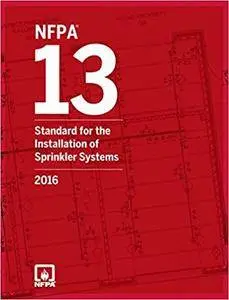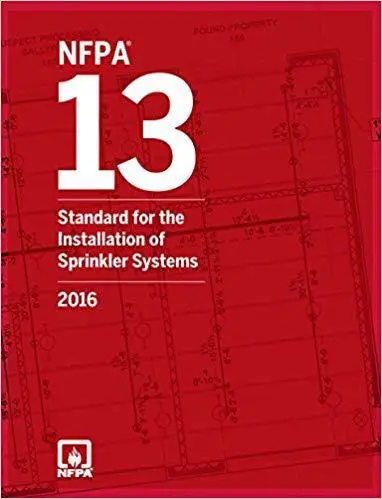NFPA 13: Standard for the Installation of Sprinkler Systems, 2016 Edition by National Fire Protection Association
English | 2015 | ISBN: 1455911569 | 488 Pages | PDF | 37.0 MB
English | 2015 | ISBN: 1455911569 | 488 Pages | PDF | 37.0 MB
Updates in the 2016 NFPA 13: Standard for the Installation of Sprinkler Systems help designers, engineers, contractors, and installers develop the best fire sprinkler defense for any occupancy. Fire protection challenges have changed along with construction materials and types of storage. Get equipped for today's hazards by getting up-to-code with the new industry standard for the automatic sprinkler system design, installation, and acceptance testing; hanging and bracing systems; underground piping; and seismic protection. Revisions to commodity classification tables in the 2016 NFPA 13 present the most significant update to the tables in over 30 years. Updated classification tables in Chapter 5 Annex based on today's materials help sprinkler system designers avoid common errors in classifying commodities. The new tables improve accuracy and reduce the risk for mistakes that could prove catastrophic in a fire. In a major change that impacts installers, the 2016 NFPA 13 adds a new requirement that a single air vent be installed for each wet sprinkler system to help reduce potential corrosion activity due to trapped air. A task group concluded that venting the trapped air in a wet system can decrease water delivery time, reduce alarm ring delay, reduce water flow alarm cyclic ringing, and reduce corrosion activity. Other changes in this edition provide more flexible options for sprinkler design.



